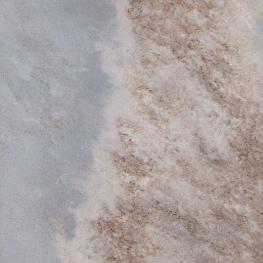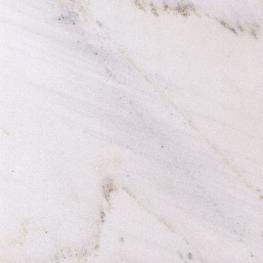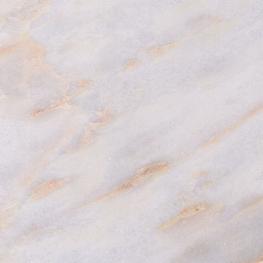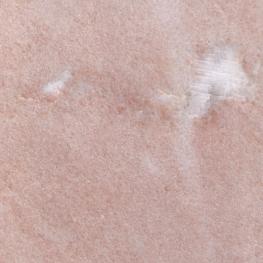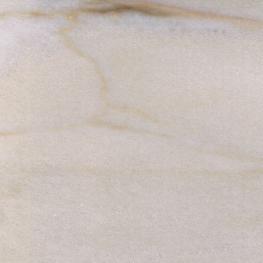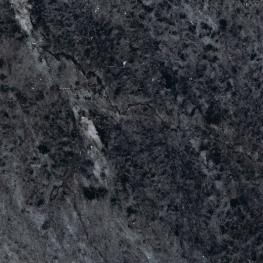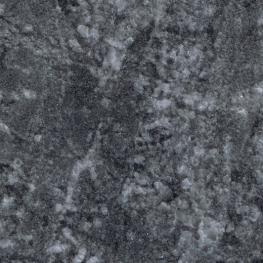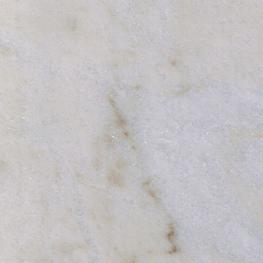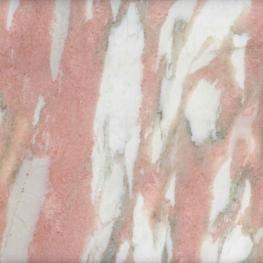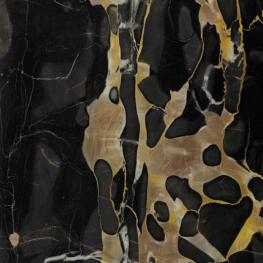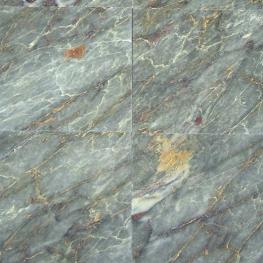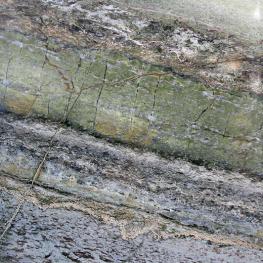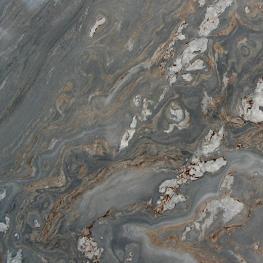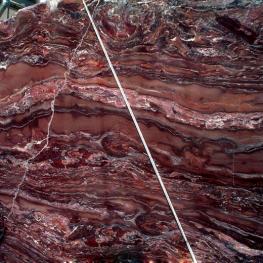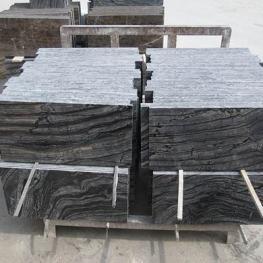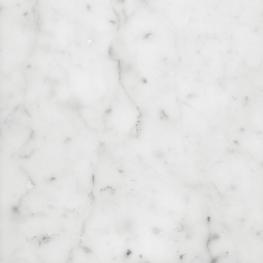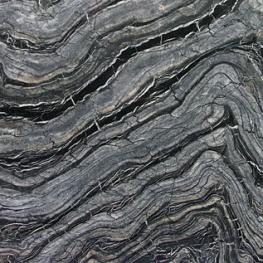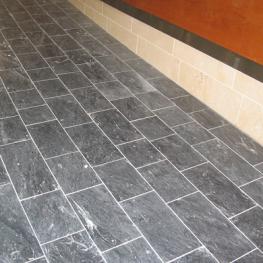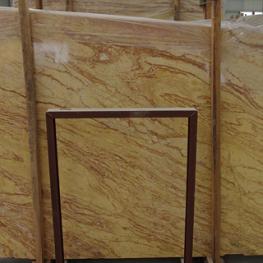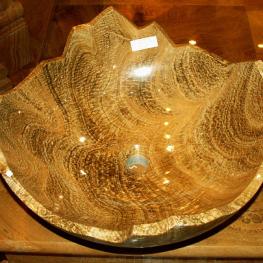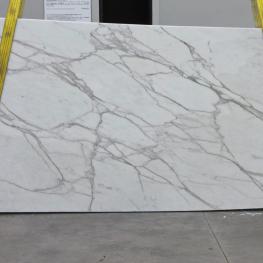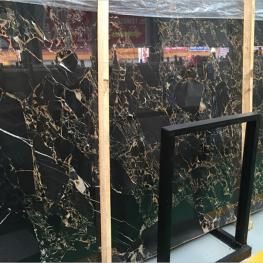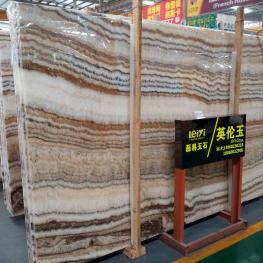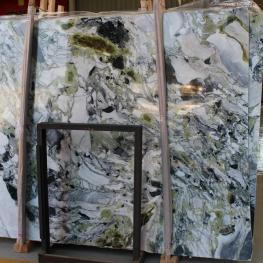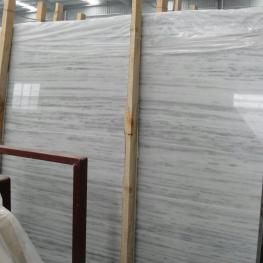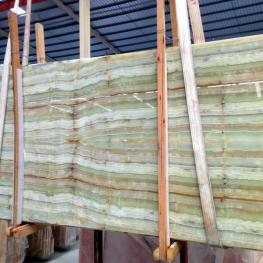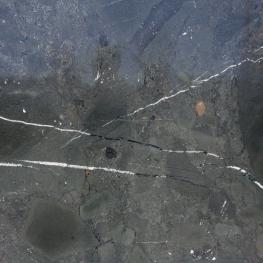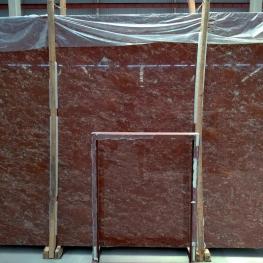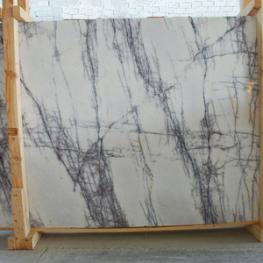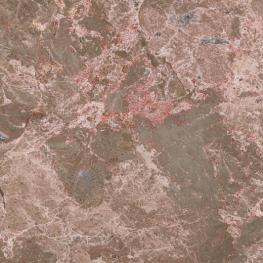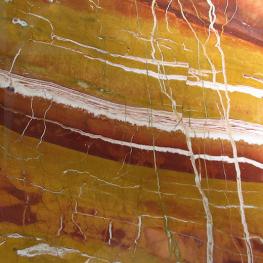Marble
Marbles are metamorphic rocks that originate from limestones or dolomites. The composition of marble is usually made up of a single mineral - calcite, dolomarbles contain also dolomite. The color range of marbles is wide: from white, yellowish and pinkish to red and so on. There is only one black marble that is known as a good building material - Karibib Black.
Because marble is relatively easy to process and polish and it is a quite soft material, it has been used for thousands of years in for construction and making sculptures. Not every marbe is suitable for outside use in our climate, therefor it is necessary to find out wether the material is frost resistant and polished marble should never be installed in outdoor conditions. It is slippery and the polish wears out quickly with heavy traffic.
As a general rule most marbles are frost resistant, durability of the polish is average and water absorption is from 0.1 to 1% of weight. Compressive strengths are expected to be in the range of 60 - 150 N/mm2, bending strengths of 6 - 20 N/mm2 and resistance of abrasion is 15 - 40 cm3 / 50 cm2.
Installation of marbles requires great care in choosing of the mortars and grouts. Certain materials may react with certain mortars and the result may be a change in colour.
Most of the stones that are sold as marbles aren't techically marbles, but they are softer sedimentary or metamorphic rocks. When buying a material that is sold as marble great care should be taken to find out the properties and possible problems of a specific stone material.
Example of stones that are sold as marbles include sedimentary rocks such as limestones, dolomites, travertines and metamorphic rocks like serpentinites. Not differentiating marbles from limestones and dolomites is not only a problem in Estonia but all over the world.

